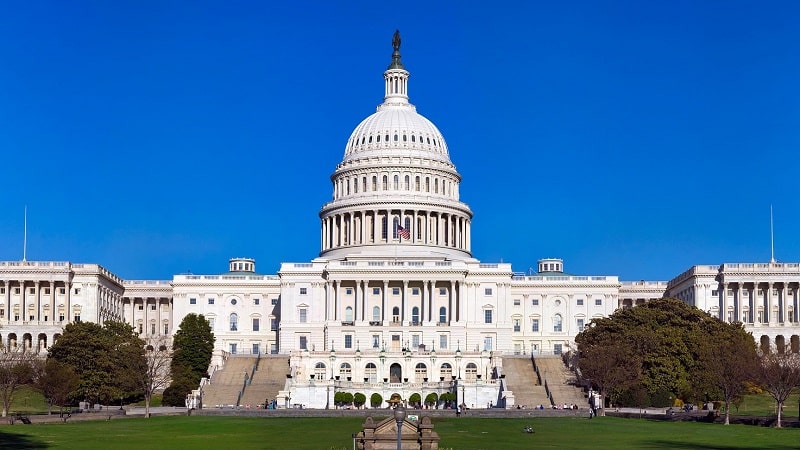
There are going to be millions of AI-directed robots existing among us in the next few years, and it’s time for Congress to get ready for that reality.
That was the bottom line today from artificial intelligence experts who told lawmakers they need to ramp up efforts to prepare for a fast-approaching AI surge.
That kind of preparation could start by setting aside one percent of each Federal agency’s budget for AI and robotics to avoid falling behind, according to William Santana Li, the CEO and founder of AI and robotics company Knightscope. He urged members of the House Oversight Cybersecurity, Information Technology, and Government Innovation subcommittee during a roundtable event today to help drive “innovation throughout the government” to keep up in AI innovation.
“We’re making tremendous strides, but the actual deployment throughout society and throughout the government is abysmal, and we are falling behind, and this is dangerous territory to be falling behind on,” said Li. “So I have a small ask … to have the maintenance operations and support budgets of each department agency set aside one percent for autonomous systems, for automation, for robotics.”
This “minor mandate” would help prepare for what Li and fellow witness Kevin Troy, a member of Anthropic’s frontier red team, called “very powerful” AI, which Troy predicted that lawmakers can expect “very soon.”
“One of the ways we conceptualize this is that we believe it’s very possible that you’d have the equivalent of a country of geniuses in a data center as soon as the year 2027,” said Tory.
While today’s roundtable discussion was taking place, a large AI-powered robot developed for security roles by Knightscope sat patiently in the corner of the room, waiting for a demonstration in front of lawmakers.
That robot, Li said, has been deployed to patrol corporate campuses, parking structures, and hospitals – and is like those that he said will likely soon become seen around the world, with moves toward that trend already occurring in China and Mexico.
The agent is “fully autonomous, completely hands off, not remote [controlled],” Li said, as the robot glided around the room emitting glowing shades of purple and blue.
The future of public safety “is decidedly hardware, plus software, plus humans, and physical AI,” Li told lawmakers.
“There’s going to be millions of robots throughout society, I don’t think society and the government understand what’s about to happen over the next few years,” said Li.
Whether it’s robotics or body-less AI agents, Amit Paka, founder o Fiddler AI, said decisions made by AI need to be tracked and transparent – which is best accomplished through a central command center with human oversight.
That visibility will improve insight into decisions made by AI, said Paka, which as the Federal government looks to deploy AI-powered robots and agents could “endanger decisions, lives, and national security.”
“We believe AI adoption will not accelerate without humans building trust into AI, and that’s just the way humans work,” he explained. “We don’t want to give autonomy without understanding the indications of the economy. So, in some ways, the adoption of AI – the acceleration of AI – is dependent on us getting the confidence that it is doing the right thing and it will continue to the right thing.”
